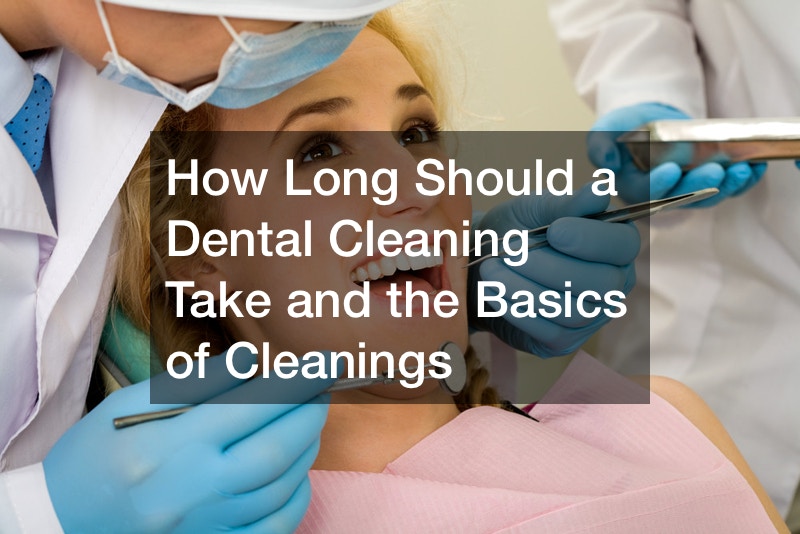How long should a dental cleaning take as saliva. This helps to promote the growth of bacteria that destroys the teeth, causing cavities. When this occurs, it is possible that you require wisdom teeth removal or replacement. The periodontal condition (gum) is also a possibility in the event that the tooth swells below the gumline.
Ultimately plaque hardens and becomes tartar. It is only a dentist such as a professional in dental hygiene when cleaning your teeth, should be able to get rid of tartar. Dental practitioners use special tools (scalers) to remove deposits of tartar and plaque along your gum line and away from the teeth. Scaling is also known as tooth cleansing. In order to remove stain or accumulation, the scalers wash every tooth. To eliminate blood and deposits dental professionals will wash off the affected areas. If plaque has accumulated below the gum line you will require a deeper cleansing.
Polishing
In the following step, the next step of the dental cleaning procedure is polishing. The dentist will place a lightly abrasive prophylactic paste to your teeth and proceed to smooth them out using a handheld electric instrument. The prophylaxis paste helps to smoothen the teeth’s surface, helps to prevent plaque buildup and makes your gums more secure.
Flossing
The second step that your hygienist does to clean your teeth is flossing the teeth. This is essential because flossing removes any leftover tartar or plaque from your teeth. Based on how good you’re taking care of your health, dentists would recommend cleaning your teeth at least every six months. But, it’s not an ideal idea to have the dentist clean your teeth more than every once. In other cases, you may find that you need implants due to the fact that your oral hygiene is not up to par. If your teeth get regularly cleaned, you’ll never be wondering about how long the process take to get a cleaning because every cleaning session will take less time and will not cause discomfort or pain.
Rinsing
Your dental hygienist sprays water into your mouth. When you’re done with this step, the hygienist will then spray water into your mouth.
gct13f4nkv.
